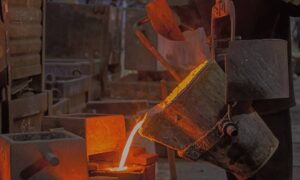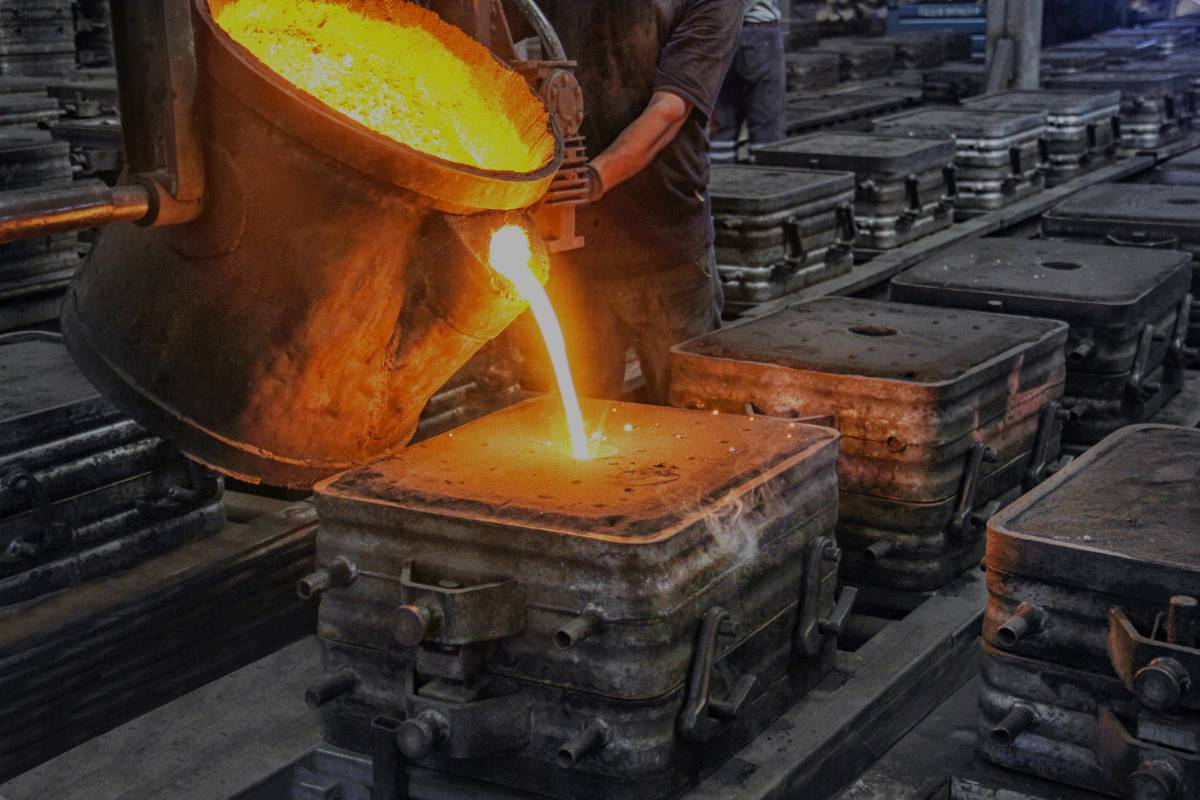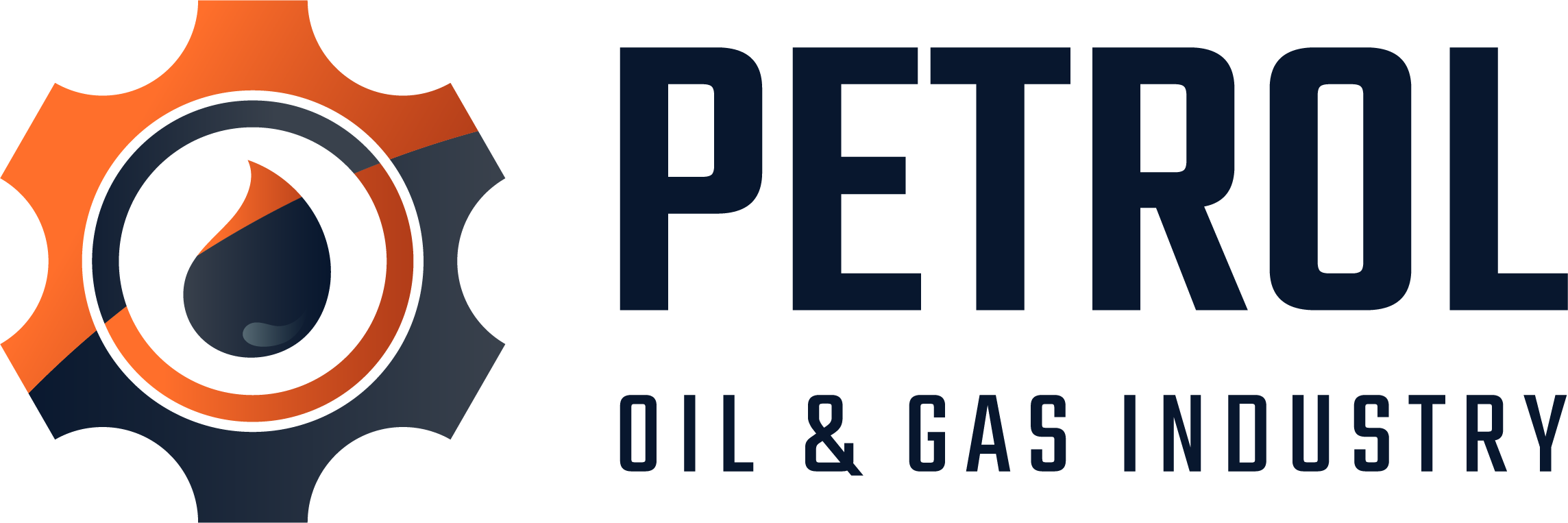
Investment Casting Design Guidelines for Engineers – Uni Deritend
At Uni Deritend, precision begins with intelligent design. Our comprehensive investment casting design guidelines for engineers help optimize component geometry, significantly reduce the need for secondary machining, and ultimately improve performance. By strictly following these established investment casting design guidelines for engineers, we leverage near-net-shape techniques, advanced CAD simulations, and deep material science principles to ensure manufacturing excellence and cost-effectiveness. The adherence to our robust investment casting design guidelines for engineers is critical for transforming complex specifications into high-performance, ready-to-use parts.

Why Design Matters in Investment Casting
Investment casting transforms complex engineering concepts into high-performance reality — but only when design precision leads the way. Every tolerance, curvature, and wall thickness defined in the initial plan directly dictates the final component’s performance, efficiency, and cost-effectiveness.
Utilizing accurate investment casting design guidelines for engineers is not just about producing a part; it’s about optimizing its structural integrity and minimizing post-casting finishing. Adherence to these strict investment casting design guidelines for engineers prevents costly errors and ensures the part functions as intended under stress.
Uni Deritend partners with engineers early in the design cycle , ensuring manufacturability and accuracy through digital prototyping, simulation, and metallurgical insight, which are all key components of comprehensive investment casting design guidelines for engineers provided by Uni Deritend.
Have Any Questions?
Connect with our experts for quick, reliable answers.
Recent Posts


Step-by-Step Investment Casting Design Process
Step 1 – CAD for Investment Casting
A solid CAD model is the foundation of investment casting design. It allows engineers to visualize every dimensional feature and predict shrinkage, draft angles, and gating feasibility before physical production begins.
Step 2 – Design for Casting Efficiency
Casting-friendly design minimizes post-machining and material waste. We recommend:
- Uniform wall thickness (avoid abrupt transitions)
- Smooth radii at junctions
- Tapered surfaces for easy pattern removal
Proper draft angles for shell formation
Step 3 – Near Net Shape Casting Design
Our near-net-shape casting design principles help engineers achieve geometries closer to the final form, saving up to 30–40% machining time while maintaining dimensional precision.
Step 4 – Understanding Investment Casting Tolerances
Dimensional precision in investment casting follows ISO 8062 standards. Typical tolerances:
- Linear: ±0.2 mm for small parts
- Angular: ±0.5°
- Surface Finish: 3.2–6.3 Ra
By considering these tolerances during CAD design, engineers can ensure perfect assembly compatibility.
Thin Wall Casting Design – Balancing Strength and Flow
Designing thin walls is one of the biggest challenges in investment casting.
Key Guidelines:
Key Advantages:
- Minimum wall thickness: 1.5–2.5 mm depending on alloy and geometry.
- Maintain consistent cross-sections to ensure flow and fill uniformity.
- Incorporate ribs or gussets for added stiffness.
At Uni Deritend, advanced simulation tools visualize metal flow and thermal gradients, helping engineers optimize designs to prevent misruns or shrinkage defects.


Common Design Mistakes (and How to Avoid Them)
Avoiding errors in the early design phase ensures better yield and shorter lead times.
Typical Issues
- Uneven wall transitions
- Lack of draft angles
- Overly sharp corners
- Unoptimized gating and venting paths
Uni Deritend’s Solution
- Design review with our engineering experts
- CAD-based flow analysis
- Simulation-driven feedback loop
- Prototype validation through rapid prototyping and wax pattern testing
Collaboration Between Design & Metallurgy
At Uni Deritend, design is inseparable from metallurgy. Our engineers analyze alloy solidification, cooling rates, and heat treatment impact on part geometry. This cross-disciplinary approach minimizes distortion and enhances mechanical properties.
We use alloys like SS 316, Inconel 625, and Duplex Steel, tailored for application-specific mechanical and environmental needs.
At Uni Deritend, design is inseparable from metallurgy. Our engineers analyze alloy solidification, cooling rates, and heat treatment impact on part geometry. This cross-disciplinary approach minimizes distortion and enhances mechanical properties.
We use alloys like SS 316, Inconel 625, and Duplex Steel, tailored for application-specific mechanical and environmental needs.
How Uni Deritend Enhances Design Optimization
- Digital Simulation: Predicts metal flow, cooling, and solidification.
- 3D Printing: Enables rapid prototyping and design validation.
- Reverse Engineering: Allows redesign of legacy parts using 3D scans.
- Automated Shelling: Maintains uniform thickness for precise tolerances.
Each of these capabilities ensures your design transitions from concept to casting flawlessly.
Sustainability Through Smarter Design
Efficient design not only improves performance but also promotes sustainability. By reducing excess metal use and machining, Uni Deritend’s approach saves resources and minimizes energy consumption — supporting eco-friendly manufacturing standards.
FAQ
Frequently Asked Questions
Frequently Asked Question on Investment Casting Design Guidelines for Engineers
Design determines casting feasibility, quality, and cost. A well-engineered design ensures proper metal flow, eliminates defects, and minimizes machining, delivering superior precision and efficiency.
Always use draft angles, uniform wall thickness, and proper fillets. CAD simulations at Uni Deritend help identify potential flow or shrinkage issues early in the design phase.
Near-net-shape design minimizes machining by producing components close to their final form, saving time, cost, and material while maintaining dimensional precision.
Walls as thin as 1.5 mm are achievable, depending on alloy flow characteristics and geometry, when supported by advanced simulation and controlled pouring techniques.
Our engineers collaborate during CAD and simulation stages, providing design feedback, flow analysis, and metallurgical insights to ensure reliable, manufacturable geometries.
Typical tolerances range from ±0.2 mm for linear dimensions to ±0.5° angular, following ISO 8062 standards, ensuring perfect fit and functionality.
Partner with Uni Deritend – Founded in 1977, redefining precision through design innovation, metallurgy, and engineering excellence. Turn your concept into a perfectly cast reality.

